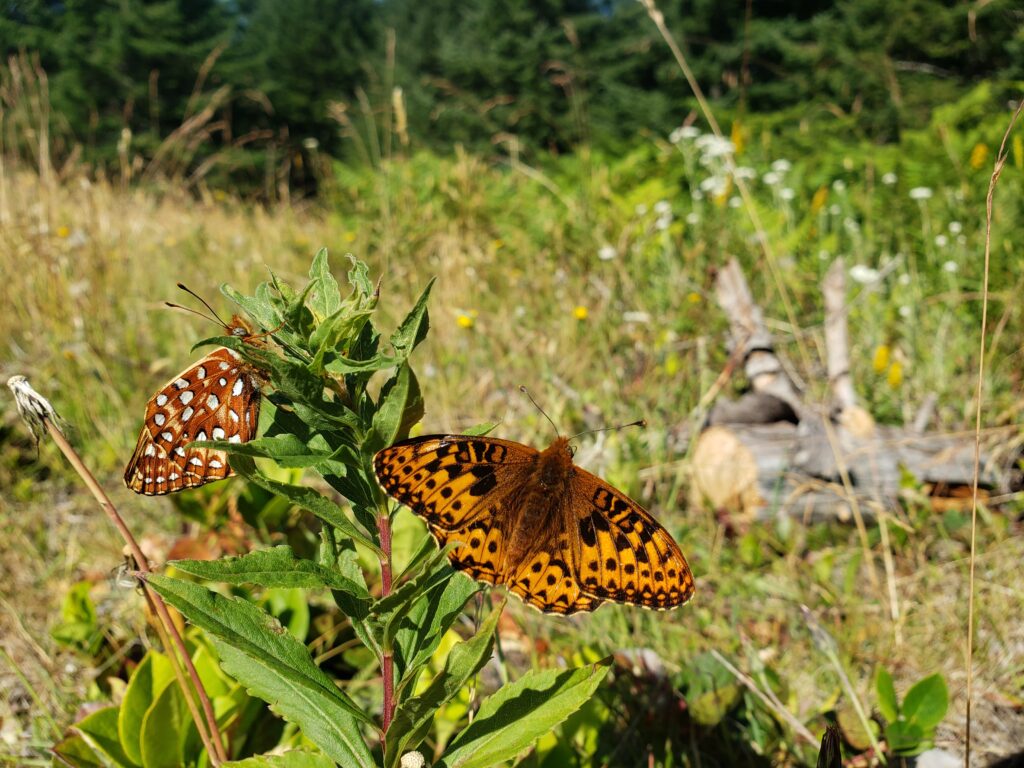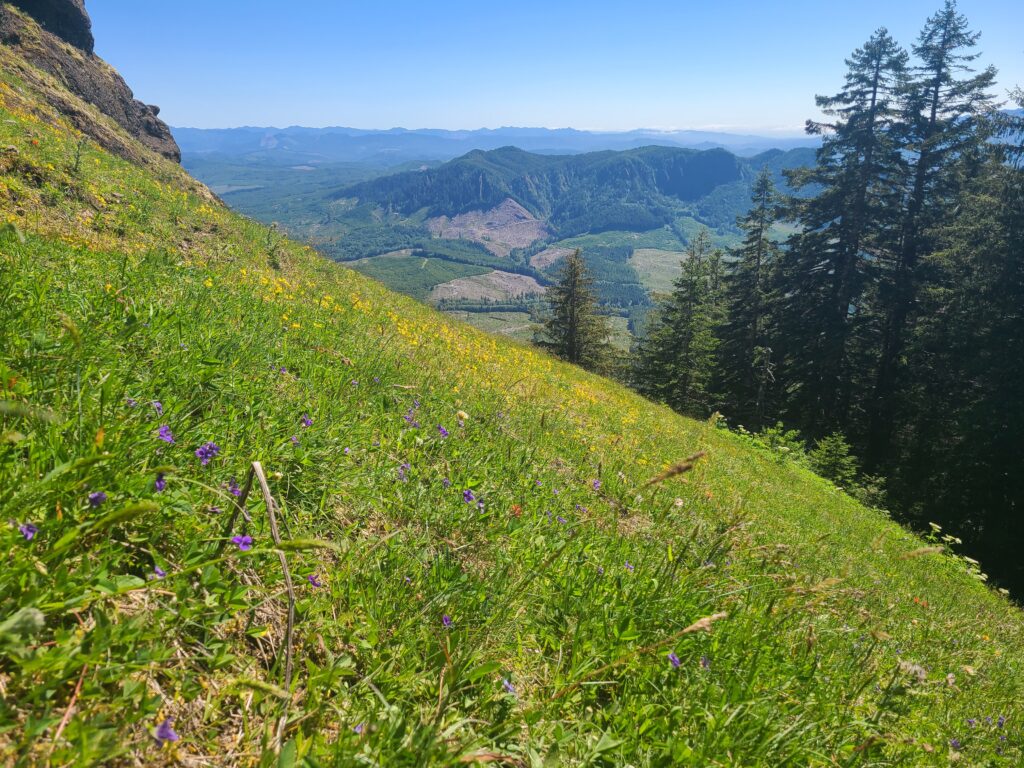
Lewis and Clark National Historical Park staff, in partnership with other organizations, participated in the Oregon silverspot butterfly (OSB) release this June. Volunteers carrying coolers full of larvae hiked up Saddle Mountain in search of meadows of early blue violets. Early blue violets, Violeta adunca, are the sole host plant for the OSB. The captive larvae were reared by the Oregon Zoo, a partner in the Recovery Group. Thousands were released on Saddle Mountain in hopes of supporting the wild Oregon silverspot butterfly population. In 1980, the U.S. Fish and Wildlife Service listed Speyeria zerene hippolyta – the Oregon silverspot butterfly – as a threatened species. Historically, its natural habitat ranged from southern Washington down into northern California. By the 1980s, the butterfly was only found in salt spray meadows overlooking the ocean near Rock Creek, south of Yachats. With such a drastic reduction in the OSB’s population, conservationists knew something had to be done. There is no singular cause for the Oregon silverspot butterfly’s decline. Lost and altered habitats, natural succession, invasive species, and human activity all contribute to the destruction of the delicate ecosystems species inhabit.
Why so much work for a single species of butterfly? All species in an ecosystem support each other, directly or indirectly. A diverse and balanced population is more resilient, efficient, and likely to survive stresses like drought, infestations, and extreme weather. The OSB is considered an indicator species. Indicator species, as the name implies, are a reliable way to determine the health of an ecosystem. If the OSB population is suffering, it indicates broader problems within the wider ecosystem. You don’t have to be a butterfly expert to help the OSB recovery effort. You can contribute from your own backyard! Diversify your lawn and garden by growing a variety of native plants to provide nectar for local pollinators. If you need some help getting started, scan this QR code to visit the Native Plant Database. Want to learn more about OSB recovery? Visit the Lincoln Soil and Water Conservation District website at lincolnswcd.org or send an email to [email protected] to learn more.

